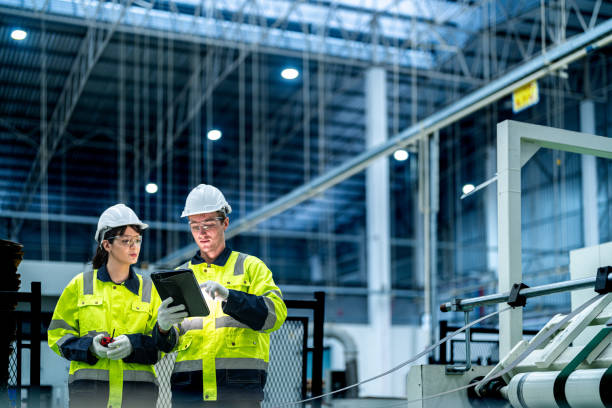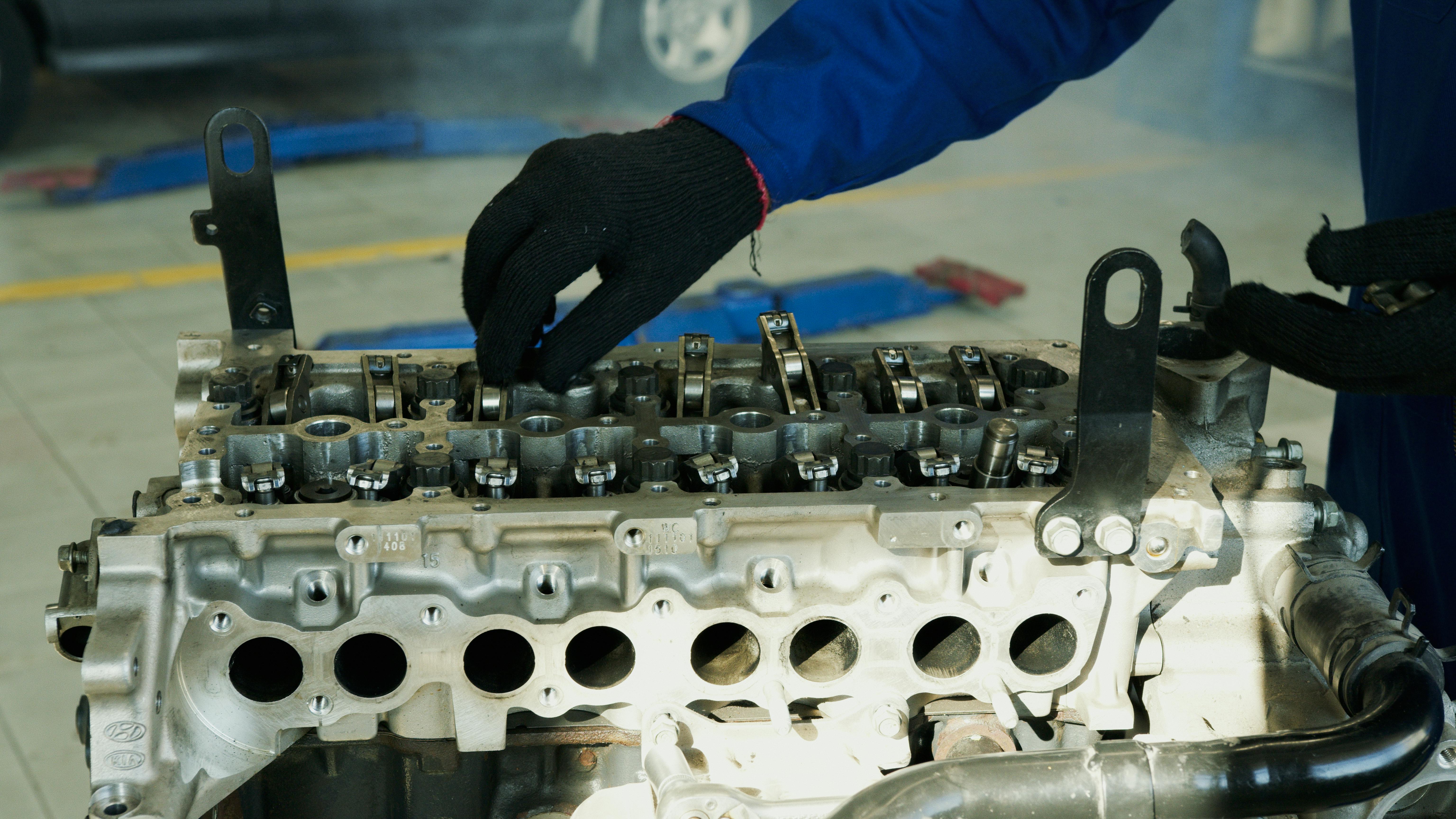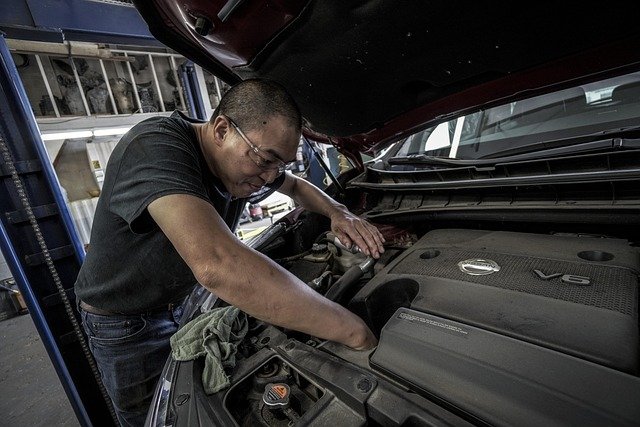Packing Jobs: Opportunities and Insights in the Manufacturing Industry
The manufacturing industry offers a variety of career opportunities, with packing jobs being an essential component of the production process. These roles play a crucial part in ensuring products are safely and efficiently prepared for distribution. From small-scale operations to large factories, packing workers contribute significantly to the smooth functioning of supply chains across various sectors.

What skills are required for packaging workers?
Successful packaging workers typically possess a combination of physical and cognitive skills. Attention to detail is crucial, as workers must ensure products are packaged correctly and meet quality standards. Physical stamina and dexterity are important, as the job often involves repetitive motions and standing for extended periods. Additionally, teamwork and communication skills are valuable, as packing jobs frequently require coordination with other factory workers.
How does technology impact packaging in manufacturing?
Technology plays an increasingly significant role in modern packaging operations. Automated packing machines, conveyor systems, and robotic arms are becoming more common in factories, improving efficiency and reducing physical strain on workers. As a result, packaging workers may need to develop skills in operating and monitoring these advanced systems. This technological integration also creates opportunities for workers to transition into more specialized roles, such as machine operators or quality control technicians.
What are the career prospects for packaging jobs?
The career prospects for packaging jobs in manufacturing remain steady, with opportunities for advancement and specialization. Entry-level positions often require minimal qualifications, making them accessible to those new to the workforce. With experience, workers may progress to supervisory roles or specialize in areas such as quality assurance or logistics. Some may also transition into related fields like inventory management or production planning.
What are the typical working conditions for packaging workers?
Working conditions for packaging workers can vary depending on the specific industry and facility. Most jobs are performed in factory or warehouse settings, which may involve exposure to noise, temperature fluctuations, and potentially hazardous materials. Safety regulations are typically strict, with employers providing necessary protective equipment. Shift work is common in many manufacturing environments, offering flexibility but potentially requiring night or weekend hours.
How much do packaging jobs pay in the manufacturing sector?
Compensation for packaging jobs in manufacturing can vary based on factors such as location, industry, and experience level. Entry-level positions typically offer wages near minimum wage, while more experienced workers or those in specialized roles may earn higher salaries. Some companies provide additional benefits such as health insurance, retirement plans, and opportunities for overtime pay.
| Position | Average Hourly Wage | Average Annual Salary |
|---|---|---|
| Entry-Level Packaging Worker | $12 - $15 | $25,000 - $31,000 |
| Experienced Packaging Worker | $15 - $20 | $31,000 - $41,600 |
| Packaging Supervisor | $20 - $25 | $41,600 - $52,000 |
| Packaging Technician | $18 - $23 | $37,440 - $47,840 |
Prices, rates, or cost estimates mentioned in this article are based on the latest available information but may change over time. Independent research is advised before making financial decisions.
The packaging industry within manufacturing continues to evolve, driven by technological advancements and changing consumer demands. As companies strive for greater efficiency and sustainability, packaging jobs remain an integral part of the production process. For individuals seeking entry into the manufacturing sector or those looking for stable employment opportunities, packing jobs offer a viable path with potential for growth and development in the ever-changing landscape of industrial production.





